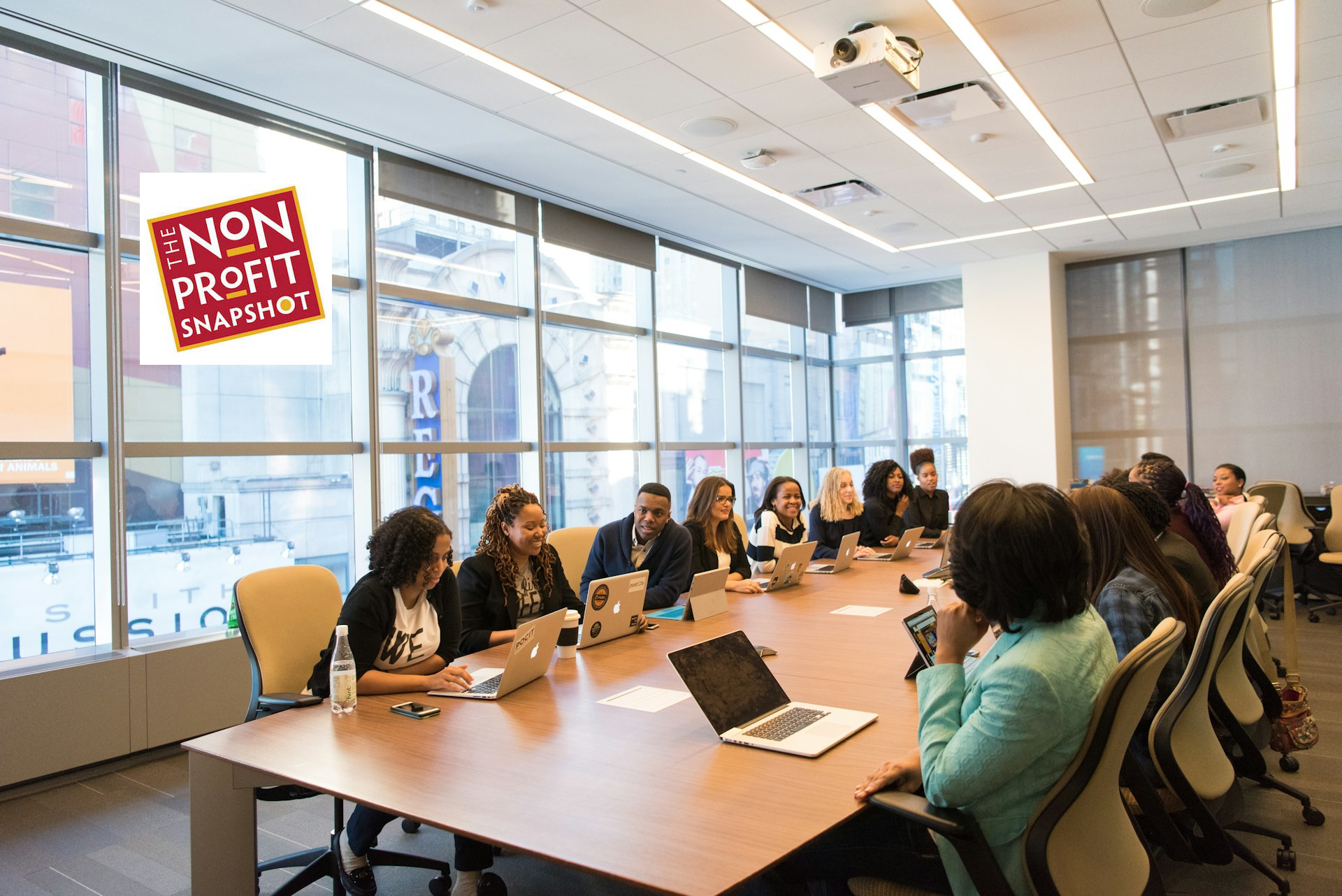Bear with me. This is a short story about a small moment that changed a nonprofit’s board culture.
Years ago, I was a brand-new member of a nonprofit board. It was my first experience serving in that capacity, and I was grateful for the opportunity. I had completed the United Way VIP Program, which provided excellent training for new board members, and I was putting that learning into practice with my new board. The work was rewarding, the mission was strong, and the organization’s future looked bright.
At one particular board meeting, we were reviewing the financials. The numbers told a familiar story: stable, but not great. The programs were running well enough, but the organization’s goals for growth and sustainability were ambitious. We knew where we were, and we knew where we wanted to be. But no one seemed sure how to bridge that gap. The room was quiet as we individually pondered the situation.
Before I could stop myself, I said it:
“Everyone in the room needs to become a fundraiser.”
The tenor of the room changed instantly. Silence turned into a low murmur. A few heads nodded. Others frowned. It was clear that my words had struck a nerve. It was, admittedly, a bold thing to say. But it was true.
At the time, the organization was in a period of transition. Its board, though dedicated, was homogenous right down to professional backgrounds and job titles of individual members. Everyone worked in the same sector. Everyone thought about leadership, mission, and fundraising in the same way. The organization had done well to get off the ground, but it had hit a wall that couldn’t be overcome without diversifying its board and redefining what board service meant.
To their credit, even though not everyone liked what I said, they didn’t ignore it. The board recognized that something had to change.
Building a Fundraising Culture — One Step at a Time
That moment marked the start of a shift in board culture; not just around diversity, but around ownership of the organization’s financial future. Leadership took the first step by showing the board what effective fundraising looked like.
A small group of us, myself included, decided to lead by example. We organized a small fundraising event, complete with outreach, planning, and relationship-building. We invited other board members to get involved, and we did so with flexibility and empathy. Not everyone needed to “make the ask.” Instead, we helped each person find a way to contribute that felt natural:
- Some made personal phone calls to donors.
- Others organized a small silent auction.
- A few worked behind the scenes to secure partnerships or in-kind donations.
By giving everyone a role that suited their skills, we began to change the tone of what “fundraising” meant. It wasn’t about pressure or discomfort. It was about teamwork.
Making Fundraising a Shared Responsibility
Over time, this approach transformed how the board viewed its role in fundraising. It became a shared responsibility, not an intimidating task. Leadership encouraged everyone to participate in small but meaningful ways, like writing personal thank-you notes to donors at the end of the year, or practicing role-play exercises to get comfortable making “the ask.”
Each success, however small, built confidence and camaraderie. The more we practiced, the more fundraising became part of the organization’s DNA.
Lessons Learned
Looking back, that one impulsive statement, “Everyone needs to become a fundraiser.” sparked a lasting change in how that board operated. It wasn’t easy. Change rarely is. But the organization became stronger for it.
Here’s what I took away from that experience:
- Board culture doesn’t change through words alone. Culture changes through example.
- Fundraising is everyone’s responsibility, but it looks different for everyone.
- Creating comfort around fundraising requires structure, encouragement, and shared wins.
The moral of the story? Sometimes, all it takes to start a transformation is one honest sentence spoken into an uncomfortable silence.
Contact Us
Please share your insights and comments on our Nonprofit Snapshot page on LinkedIn.
